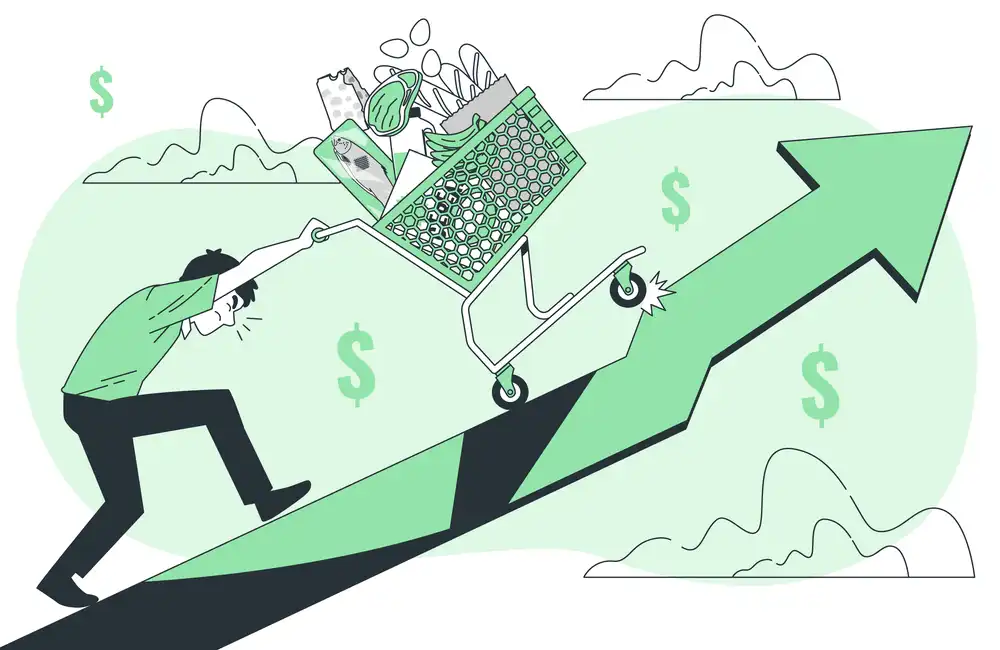
Advisor's Gateway is a free subscription service that provides market insights, analysis, and investment tips. This resource, crafted by professionals to empower informed decision-making, keeps you ahead. It’s the perfect tool to enhance financial strategies.

